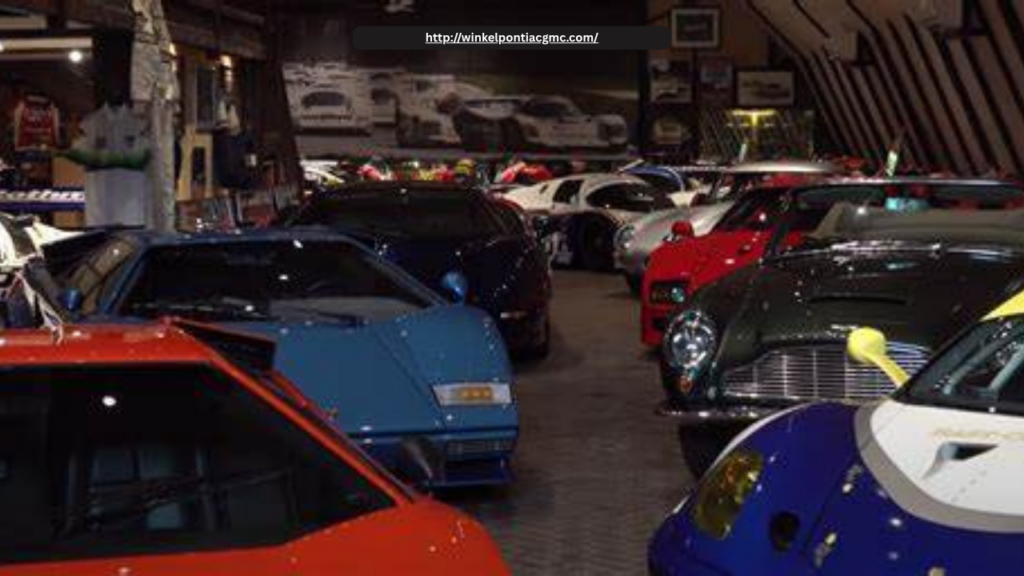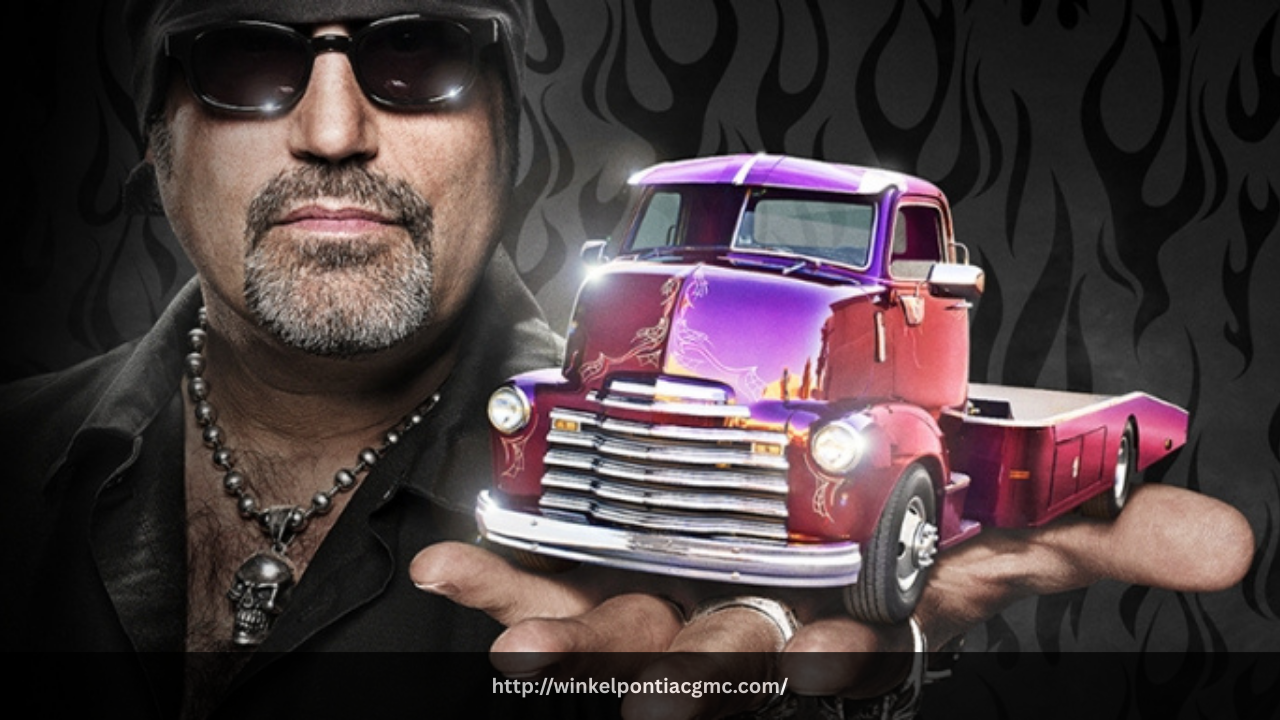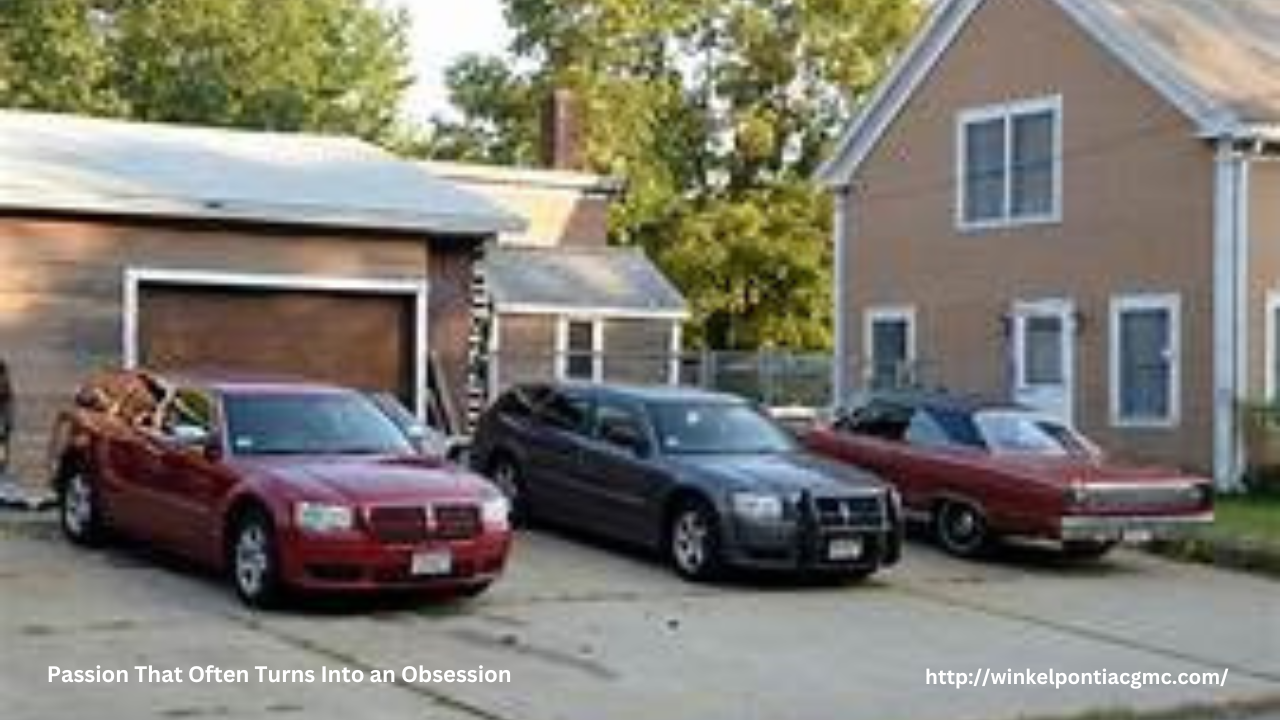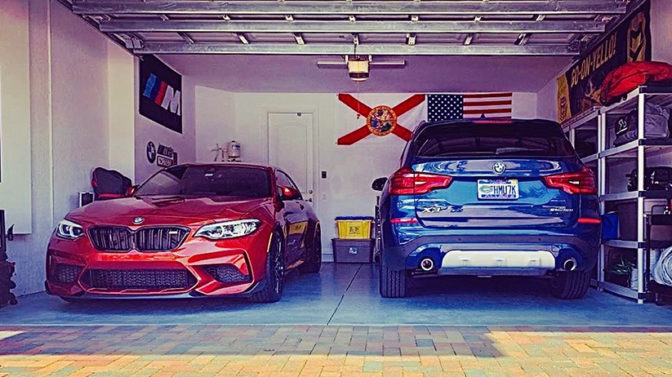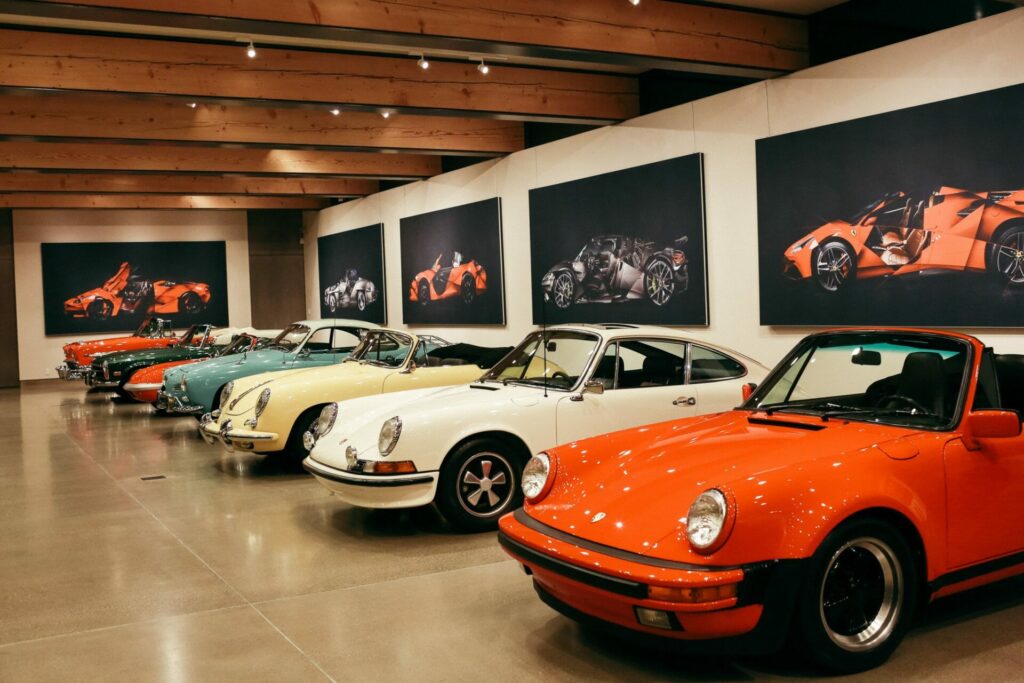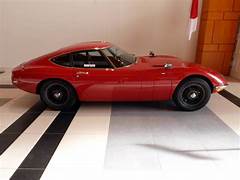
For many car enthusiasts, the idea of a dream garage is a fantasy filled with polished chrome, roaring engines, and iconic silhouettes. But while the vision is easy to dream up, the practical question remains: how many cars do you really need to fulfill that dream? The answer lies not just in passion, but in purpose, lifestyle, and space.
Start with Your Lifestyle Needs
The foundation of any dream garage should be built on your day-to-day needs. For most, a reliable daily driver is a must. This car should offer comfort, dependability, and practicality for commuting, errands, and general use.
Next, consider a weekend or leisure vehicle—something fun, sporty, or classic that turns every drive into an experience. This could be a convertible for sunny days, a vintage cruiser for local shows, or a performance car for winding roads.
For those with families or outdoor hobbies, an SUV or truck might be essential. Think about the demands of your lifestyle: Do you need towing capacity? Extra cargo space? Off-road capabilities?
With just two to three vehicles, most needs can be met without excess. A dream garage doesn’t have to be enormous—it just needs to be thoughtful.
Factor in Your Passion
If you’re a true gearhead, your dream garage may extend beyond practical needs. Perhaps you’re passionate about restoring old cars, or maybe you love collecting models from a specific brand or era. In these cases, the number of cars isn’t strictly about need—it’s about fulfilling a vision.
Even so, each addition to your garage should serve a purpose. Does the car bring you joy? Is it an investment? Will it be driven, displayed, or preserved? Passion is the heartbeat of collecting, but purpose ensures that your garage remains a source of pride rather than stress.
Consider Space and Maintenance
A dream garage isn’t just about the cars—it’s about the space they live in. Do you have enough room to store and maintain your vehicles properly? Overcrowding leads to neglect, and even the most beautiful car loses its value and appeal if it isn’t cared for.
Every car requires maintenance, from battery checks to tire rotations. The more cars you own, the more time and money you’ll spend keeping them in shape. Make sure your dream doesn’t become a burden.
Tailor the Garage to You
There’s no magic number for how many cars you should have. For some, three cars are more than enough to satisfy all driving desires. For others, a fleet of ten or more is what fuels their passion.
Ultimately, your dream garage should be a reflection of your lifestyle, interests, and goals. Whether it’s a minimalist setup with a couple of carefully chosen vehicles or a sprawling collection of classics and exotics, the key is to curate with intention.
Conclusion: Quality Over Quantity
When it comes to building your dream garage, the goal isn’t to collect as many cars as possible—it’s to create a space that enhances your love for driving and collecting. Choose the number of cars that aligns with your life, your means, and your enthusiasm. A truly dreamy garage is one that brings joy every time you open the door.
